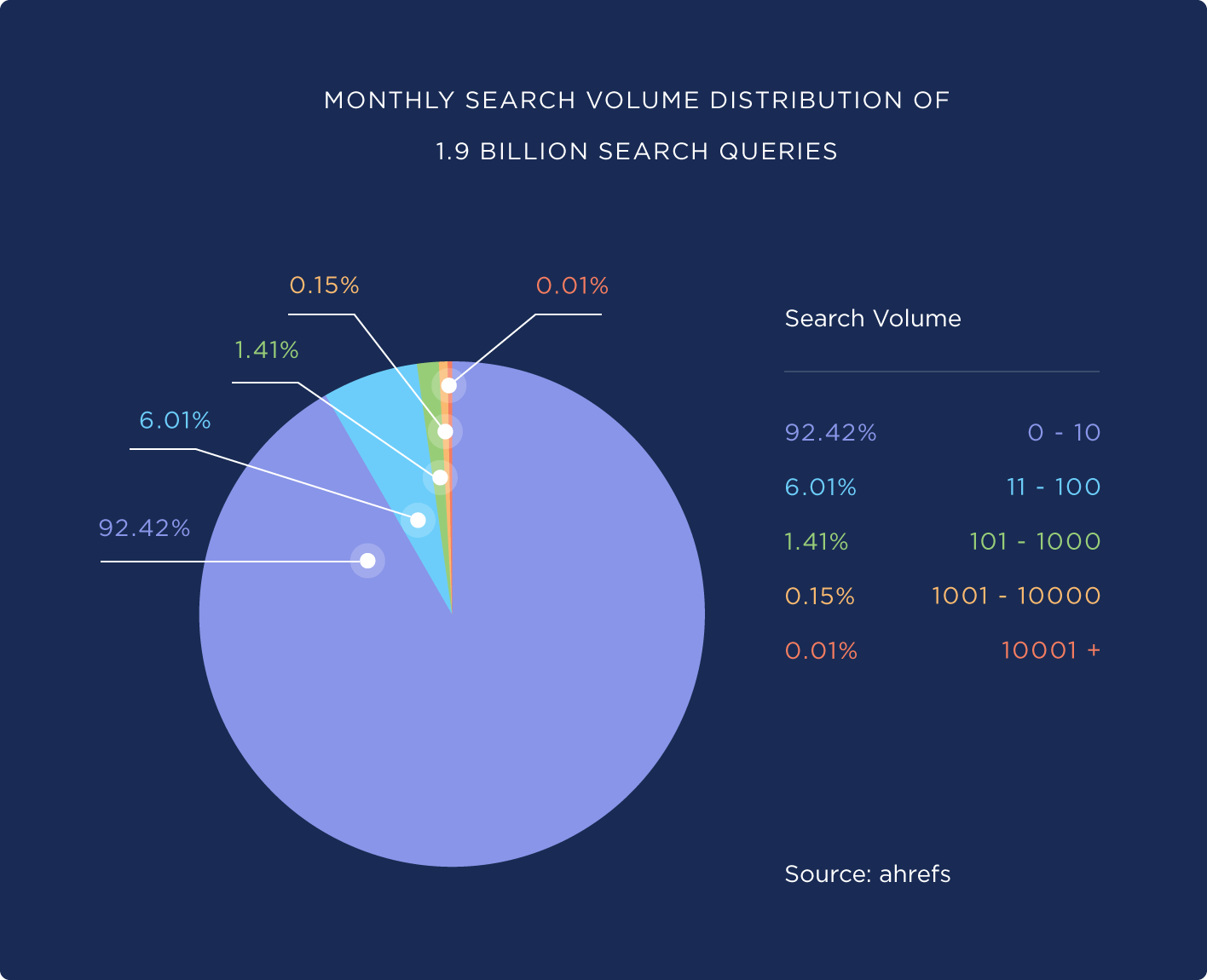Ways to get the most out of your Google Adwords PPC strategy

30-second summary:
- PPC advertising is a highly effective way to drive targeted prospects to websites, sales pages, or blogs.
- Even though PPC can take up some parts of your budget, there are important benefits attached to this practice.
- Did you know, 92% of all keywords that people type into search engines are long tails?
- This article gives you a brief on the benefits of having a PPC strategy, must-haves for PPC advertising through Google Adwords, elements of attractive and effective PPC Ads, and more on optimizing your Google Adwords PPC strategy.
Pay-Per-Click (PPC) advertising is an important component of online marketing. Specific strategies can be used by advertisers to maximize the return from their PPC marketing. PPC advertising is a highly effective way to drive targeted prospects to websites, sales pages, or blogs. Digital marketers can choose between Google AdWords, Facebook Ads, or Bing Ads. However, most online marketers prefer using Google AdWords for their PPC strategy since it displays their ads on Google SERPs.
A. Benefits of Google Ads PPC advertising
Though PPC marketing costs money, it has five important benefits:
1. Convenience and speed
Advertisers can set up their PPC ad campaigns easily and quickly. They can use PPC ads to target their prospects with precision and get results almost immediately. According to Neil Patel, SEO expert and co-founder of both Crazy Egg and Hello Bar:
“With PPC, you can drive visitors to your website in hours, not months”
2. Adaptability
Ad text, keywords, and other elements of PPC ads can be constantly tweaked to optimize and so maximize their effectiveness.
3. Cost-effectiveness
Google Adwords charges advertisers only when there are clicks on their ads and not merely when ads are displayed.
4. Budget flexibility
Advertisers can decide on the budget of their PPC campaign since Google Adwords does not have any minimum spending limits. For instance, they can set a maximum daily budget of twenty dollars and a maximum cost of twenty cents for each click on their ad, which they can change whenever they want.
5. Predictability
With a PPC campaign, digital marketers can easily predict the number of their visitors based on how much they spend. The search engine algorithm is less of a factor. In one of his PPC related articles, Neil Patel stated,
“Spend more, get more visitors. If you want exactly 10,000 visitors, you can get exactly 10,000 visitors”,
Despite all these benefits of Google Ads PPC advertising, first-time digital marketers should be attentive as they may lose a lot on their invested money if they ever fail to properly set up their PPC marketing campaigns.
B. Preparation before starting a Google Ads PPC campaign
The first thing new marketers should do is to read thoroughly the Google Adwords Getting Started Guide, which has a large amount of useful information. Next, they should use the Google Adwords Keyword Suggestion Tool and create a comprehensive list of relevant keywords for their products or services.
Use of long-tail keyword phrases
Since the price per click of PPC ads is determined by competitive bidding of search terms, popular search terms such as “insurance”, “stop smoking”, and “weight-loss” cost several dollars for the top three positions on the search results. On the other hand, long-tail keywords are phrases that are not searched very often but are more likely to be used by people who are willing to buy.
Ahrefs, in fact, reports that 92% of all keywords get 10 or fewer searches per month. In other words, 92% of all keywords that people type into search engines are long tails.

C. Elements of attractive and effective PPC ads
Well written ads are decisive to the success of a Google Ads PPC strategy. They should highlight the key benefit of the product or service so that potential clients click on them.
Marketers should also include these elements in their ads:
1. The price of the product
Users who see the price of the product and still click the ad are more likely to buy the product. If they think the price is too high, they may not click on the ad and save the cost of that click.
2. A strong call-to-action
Specific call-to-action phrases such as “purchase”, “buy”, “call today”, “sign up”, and “order ensures” the prospects understand what they are expected to do after they clicking the ad.
3. The best performing keyword preferably in the title of the ad
Whenever users type that keyword and the ad is displayed, the keyword phrase appears “in bold font” within the ad on the Google search page. This will draw their attention to the ad.
4. The URL of the specific page on the website that has the product
If people who click the ad do not find the product on that page, they are likely to exit and click some other ad.
D. Fine-tuning PPC management to boost its profitability
Advertisers can experiment with different offers and call-to-action phrases and test multiple ads. Google Adwords rotates ads automatically within the ad group and displays, more often, the better-performing one. They can remove keywords that are not getting enough clicks and replace them with others. Also, they can decrease or increase the maximum cost-per-click and check the effect on the performance of their ads.
E. Additional strategies to increase the cost-effectiveness of your Google Ads PPC marketing
Submit negative keywords
Advertisers should make a list of keywords that cause their ads to be displayed but are not related to their product. After that, they should submit them as negative keywords by putting a negative sign in front of those keywords. By doing this, they will ensure that anyone using those keywords won’t have their ad displayed to them. For instance, if the product is about “how to stop smoking”, advertisers should exclude anything like “smoking chimneys” or any other sources of smoke!
“Some keywords might have far different user intent and bring in clicks that are an immediate bounce but won’t turn into a conversion”.
Explained SEO expert Rinko de Jong, in an email interview.
“This could also lead to ad impressions that result in no clicks. Both can weaken the quality score of your ad resulting in negatively impacting your ad placement and cost per click”, he added.
Disallow ads to be displayed in Google’s content network partner sites
Clicks originating from these websites are usually of a lower quality than those from search results because they come from people who are browsing that website, not people who are actively searching for the product of the advertiser. So, these clicks might result in fewer sales but will cost definitely just the same.
Pay-Per-Click marketing has the potential to drive a steady stream of visitors to affiliate sites, sales pages, or websites resulting in increased sales and profits if it is properly set up and constantly monitored.
Jacob M. is a copywriter, marketing blogger, and inbound marketing consultant.
















